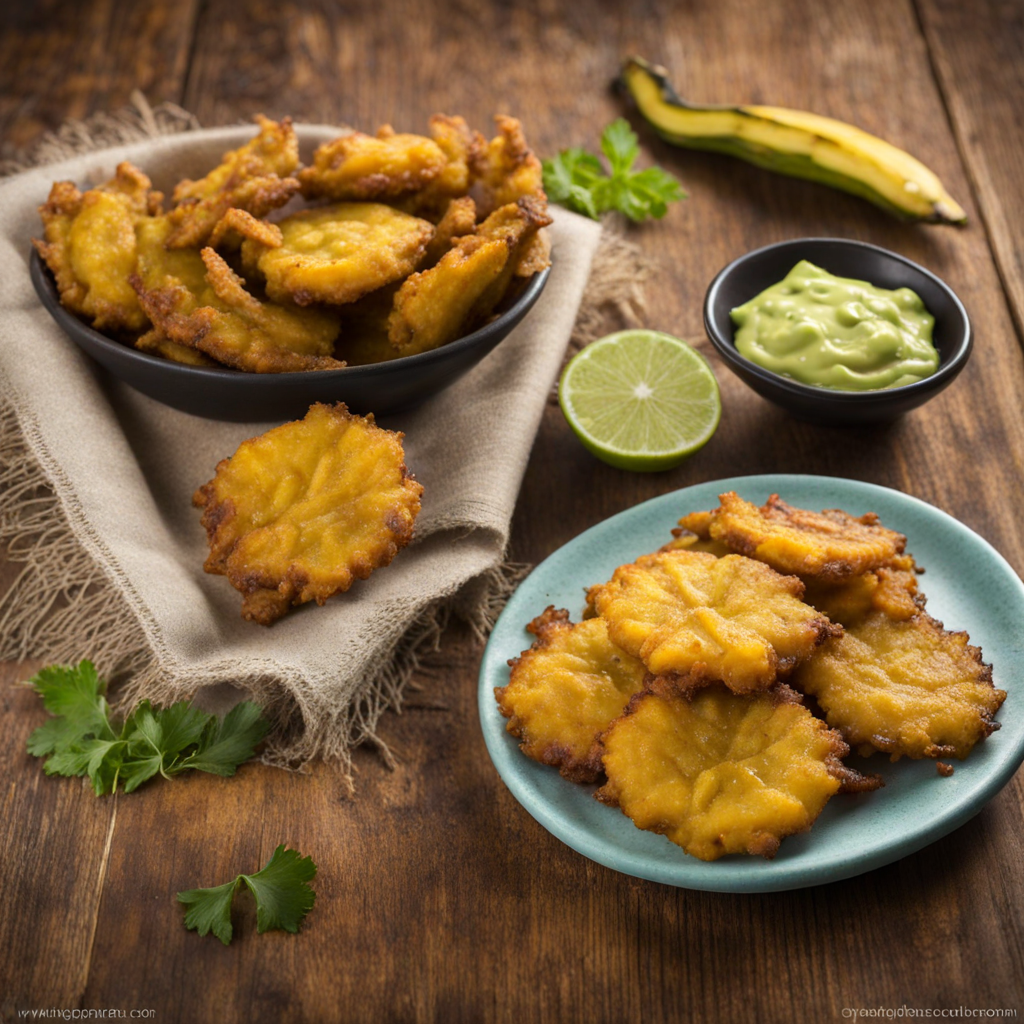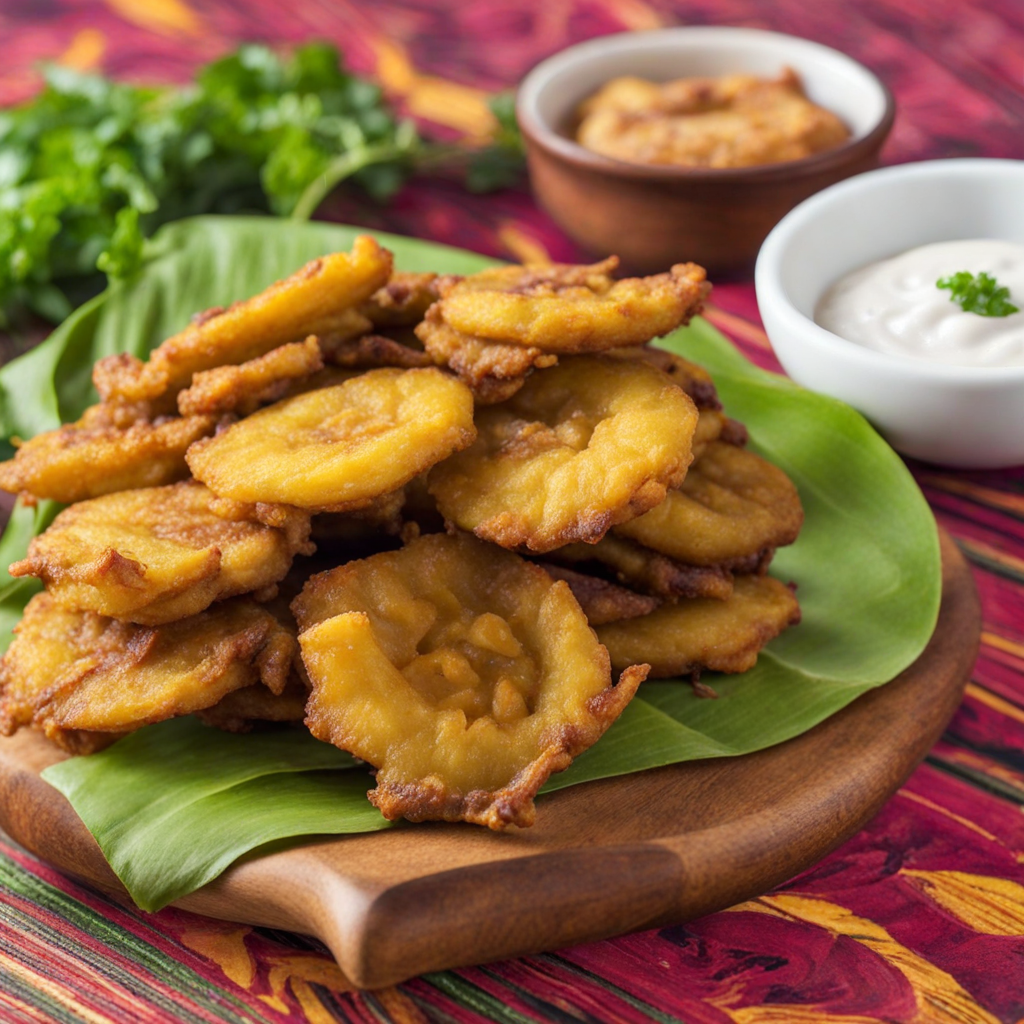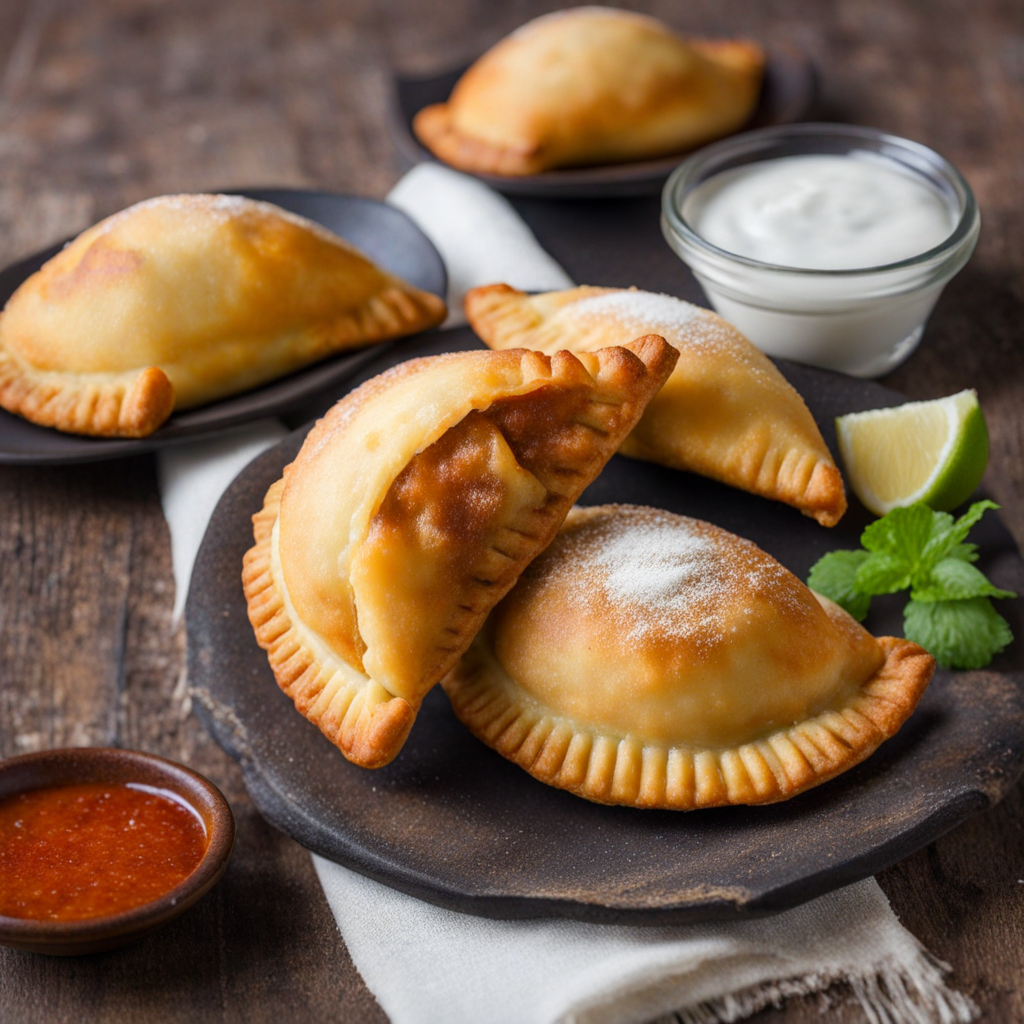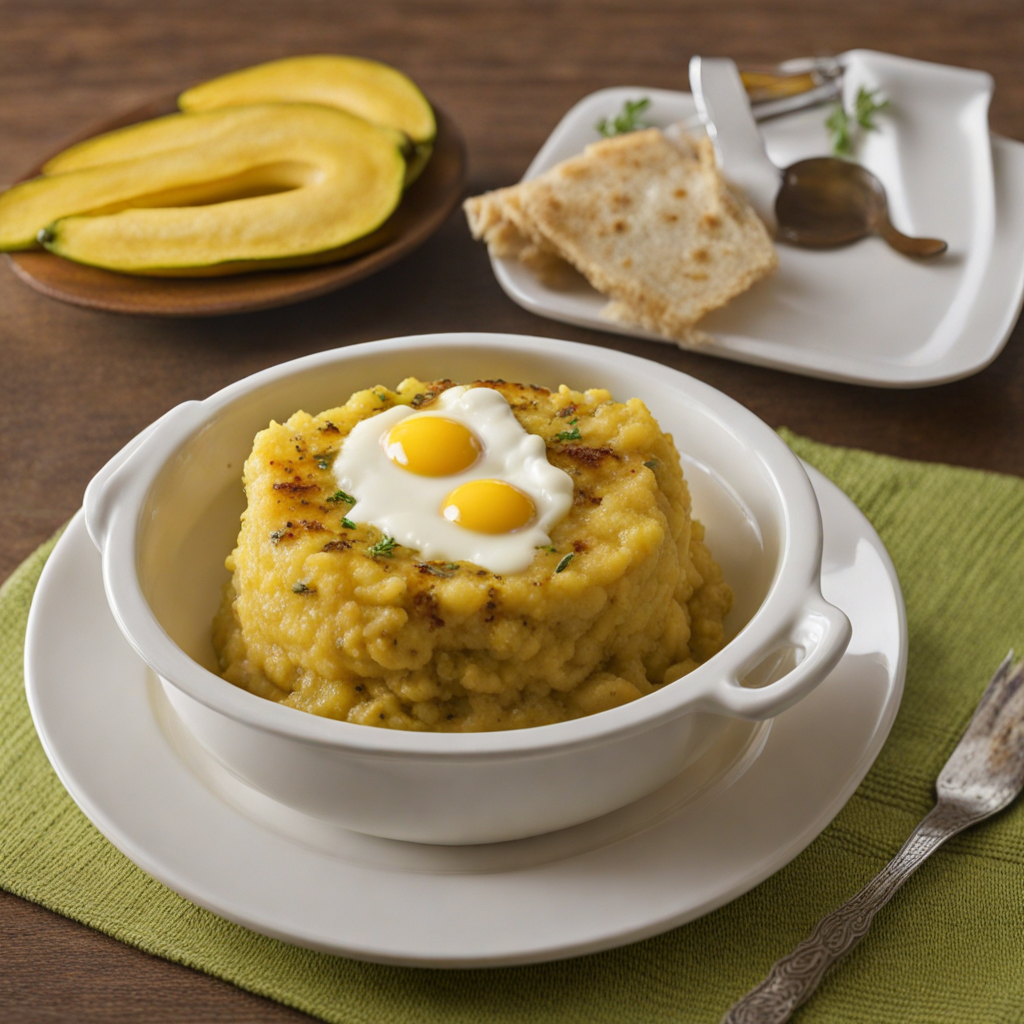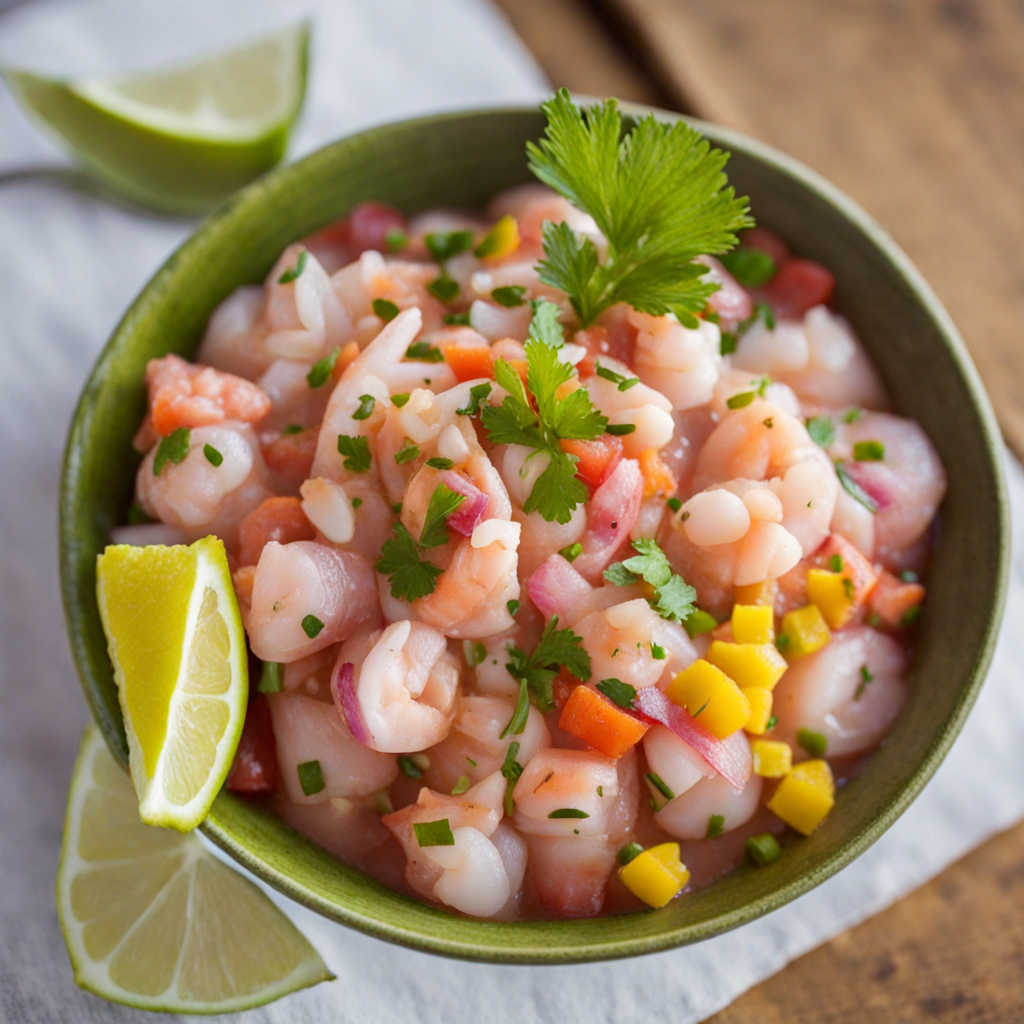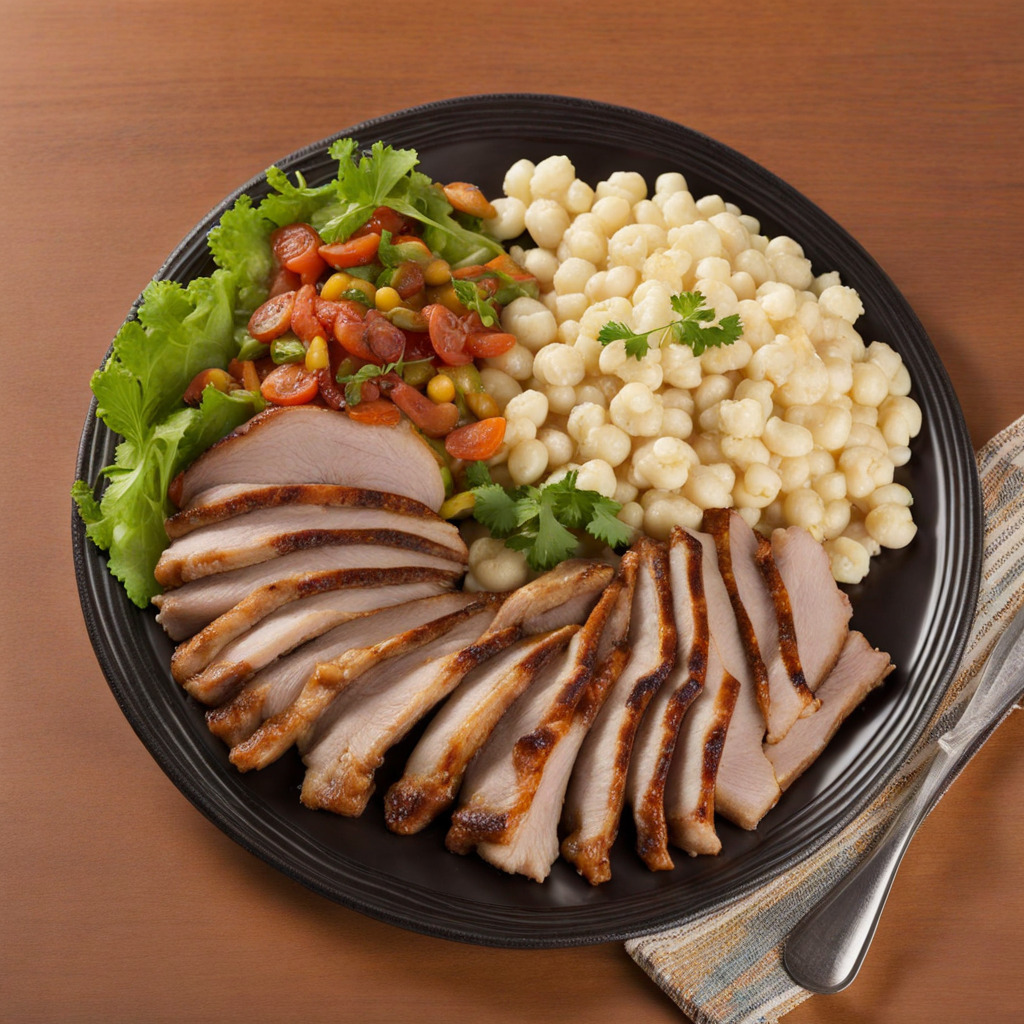Patacones
Patacones, also known as tostones in other Latin American countries, are a delightful Ecuadorian dish made from green plantains. The process begins by peeling and slicing the unripe plantains into thick rounds, which are then fried until they achieve a golden-brown crust. This frying not only creates a satisfying crunch but also intensifies the natural sweetness of the plantain. After the initial fry, the rounds are flattened into disks and fried a second time, resulting in a crispy exterior that contrasts beautifully with the tender interior. These crispy delights are often served as a side dish or appetizer, and they can be enjoyed with a variety of toppings and dips. One popular way to serve patacones is with a sprinkle of salt and a side of tangy salsa or guacamole, which adds a refreshing burst of flavor. Additionally, they can be topped with savory ingredients like pulled pork, shredded chicken, or fresh ceviche, making them a versatile canvas for culinary creativity. The combination of textures and flavors allows for a unique tasting experience that highlights the charm of Ecuadorian cuisine. What sets patacones apart is their ability to adapt to different palates and occasions. Whether enjoyed as a casual snack or as part of a festive meal, they embody the spirit of Ecuadorian hospitality. Their golden, crispy surfaces beckon to be dipped and shared, making patacones not just a dish, but a communal experience that reflects the rich culinary traditions of Ecuador.
How It Became This Dish
The History of Patacones: Ecuador's Beloved Green Plantain Treat Patacones, also known as tostones in some regions of Latin America, are a delightful culinary staple in Ecuador, cherished for their crispy texture and versatility. These twice-fried green plantain slices have a rich history that reflects the cultural tapestry of Ecuador, weaving together indigenous traditions, colonial influences, and modern culinary innovation. #### Origins: The Plantain’s Journey The history of patacones begins with the plantain, a variety of banana that is native to Southeast Asia but found its way to the Americas long before European contact. Through trade and migration, the plantain spread across the continent, becoming a crucial staple in many Caribbean and Central and South American cuisines. By the time the Spanish arrived in the 16th century, the indigenous peoples of Ecuador were already incorporating plantains into their diet, utilizing them in various forms, from stews to desserts. Ecuador, with its diverse climates and rich agricultural land, became an ideal environment for cultivating plantains. The crop thrived in the coastal regions, where the warm, humid climate allowed for abundant harvests. The indigenous communities recognized the plantain's potential not only as a source of sustenance but also as a cultural food that could bring people together. #### Cultural Significance: A Symbol of Community As patacones began to emerge as a distinct dish, their cultural significance blossomed. Traditionally, the preparation of patacones involves slicing green plantains, frying them until lightly golden, flattening them with a heavy object, and frying them again until they achieve a crunchy texture. This process transformed the humble plantain into a beloved snack and side dish enjoyed by families and communities. In Ecuadorian culture, food is often a focal point of social gatherings—be it family meals, celebrations, or community festivals. Patacones have earned their place in this culinary tradition, often served alongside a variety of dishes, such as ceviche, grilled meats, or as a base for toppings like guacamole or salsas. Their crispy texture and neutral flavor make them an excellent companion for numerous dishes, allowing for creative pairings that reflect regional flavors. The communal aspect of patacones also extends to their preparation. Traditionally made in homes and communal kitchens, the process of making patacones can be a social event in itself. Families gather to peel, slice, fry, and season the plantains together, reinforcing bonds and sharing stories over the sizzling sound of the hot oil. This communal cooking experience symbolizes the importance of family and friendship in Ecuadorian culture. #### Culinary Evolution: From Tradition to Trend Over the years, patacones have evolved from a traditional indigenous dish to a modern culinary trend. While the basic recipe remains consistent, innovation has led to new interpretations of patacones that reflect contemporary tastes and global influences. Chefs across Ecuador and beyond have experimented with various seasonings, toppings, and cooking methods, introducing flavors that marry traditional ingredients with modern culinary techniques. In urban areas, patacones are increasingly found in upscale restaurants, where they are often served as gourmet appetizers or side dishes. Chefs play with flavors—adding spices such as garlic, paprika, or cilantro, or even incorporating international ingredients like cheese or spicy sauces. This evolution highlights not only the adaptability of patacones but also their ability to bridge cultural gaps, as they are embraced by diverse palates. At the same time, patacones remain a cherished street food, found in bustling markets and roadside stands throughout Ecuador. Vendors fry up fresh batches, serving them hot and crispy, often paired with fresh salsa, avocado, or even a sprinkle of cheese. This accessibility ensures that the dish retains its roots as a comfort food for the masses, regardless of its upscale reinterpretations. #### Regional Variations and Global Recognition Ecuador is not the only country that boasts a version of patacones; similar dishes can be found throughout Latin America, particularly in Colombia and Venezuela. Each region has its unique twist on the preparation and serving of the dish, showcasing local ingredients and culinary traditions. In Colombia, for instance, patacones are frequently served with hogao sauce (a tomato and onion sauce), while in Venezuela, they are often used as a base for a variety of protein toppings. Despite these regional variations, Ecuador’s patacones have gained recognition for their distinct flavor and texture, contributing to the global appreciation of Latin American cuisine. As Ecuadorian restaurants have proliferated around the world, so too have the patacones. They have become emblematic of Ecuador’s rich culinary heritage, appealing to food lovers eager to explore authentic Ecuadorian flavors. #### The Future of Patacones: A Culinary Legacy As the world becomes increasingly interconnected, the future of patacones looks bright. With a growing interest in global cuisines and sustainable food practices, the humble green plantain is experiencing a renaissance. Farmers are beginning to focus on organic and sustainable planting methods, ensuring that the production of plantains remains environmentally friendly and economically viable for local growers. Moreover, as Ecuador continues to navigate its identity within a globalized world, patacones stand as a symbol of cultural pride and resilience. They remind us of the importance of preserving culinary traditions even as we embrace innovation and change. The dish embodies the Ecuadorian spirit—rooted in history yet adaptable to contemporary tastes. In conclusion, patacones are more than just a delicious snack; they encapsulate the essence of Ecuadorian culture. From their indigenous origins to their modern interpretations, these twice-fried plantains tell a story of community, tradition, and evolution. Whether enjoyed in a bustling market or a fine dining establishment, patacones will continue to be a beloved fixture in Ecuadorian cuisine, inviting everyone to partake in their rich history and vibrant flavors.
You may like
Discover local flavors from Ecuador


